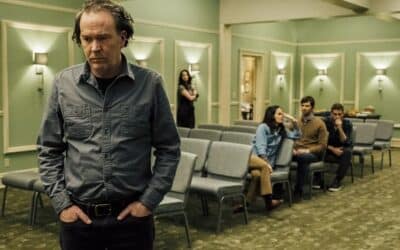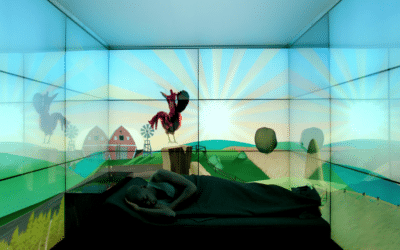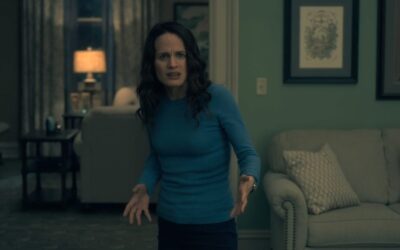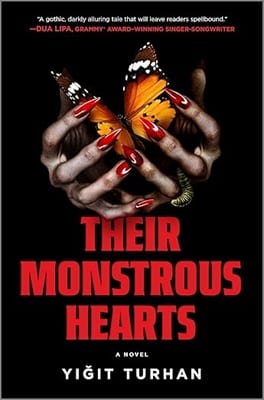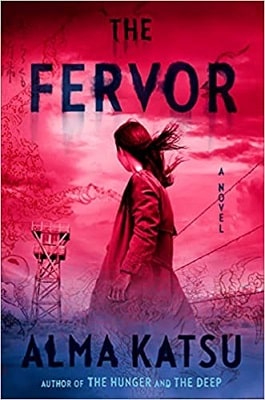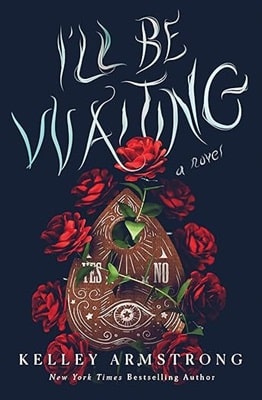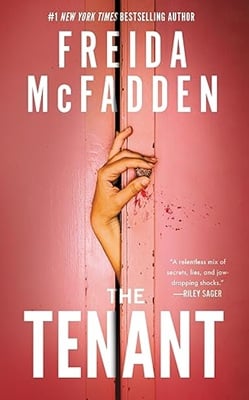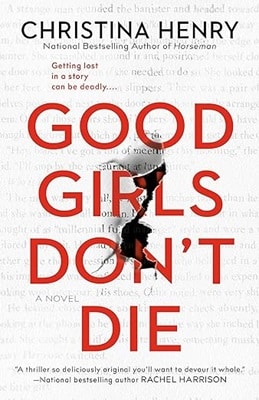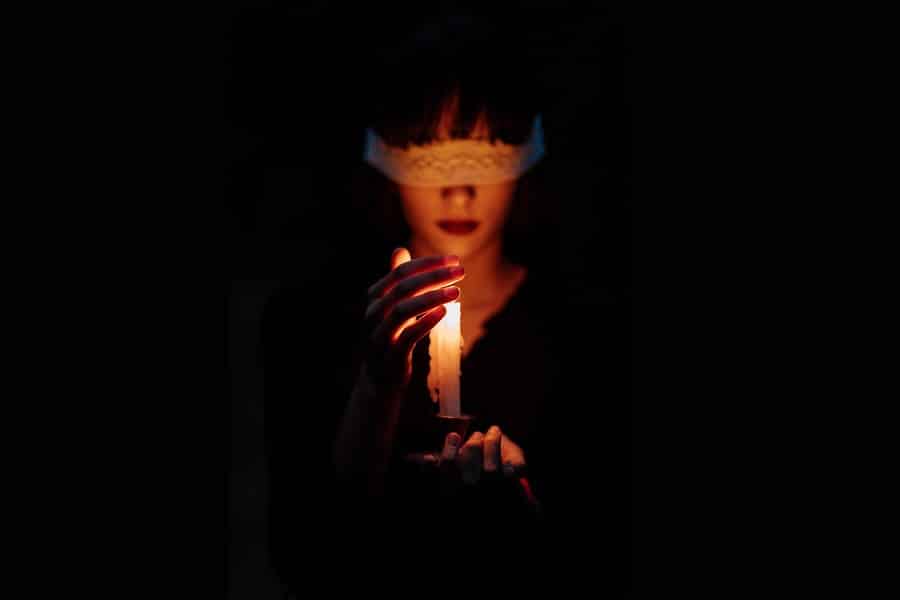
Magic in Horror
by Ron Gabriel
Fascination with mystical forces has fueled legends, folklore, and mythology since the time of cave drawings. Something baked in deep wants to believe in magic and flirt with superstition. Stories take us there. Wands fire bolts, hidden realms sparkle or scare, clever witches dabble with spells for fun and adventure. Their powers are thrilling and save the day.
But what defines magic in works of horror?
While magic in the realm of Harry Potter or in Disney fantasies is charming and protective — a power that readers might wish to acquire themselves — magic in horror goes dark and cuts deep. Evil lurks in shadow, and when it strikes, misery and death follow.
It’s interesting to consider magic as a character in itself, a malevolent force that haunts people and then kills them before they have a clue what they’re up against. The horrific source often isn’t discovered until it’s too late, forcing victims to react blindly to this invisible antagonist. And a witch doesn’t necessarily need to power it. Magic can be any force that changes another character’s perceptions or alters physical reality through supernatural means.
Two films come to mind that for me perfectly illustrate this idea of magic as character, and they both feature black magic. In The Witch by Robert Eggers, a family in 1630s New England is terrorized by bad luck, including the loss of a child somewhere in the woods. As the tension ratchets up, they turn on each other, and only in the final minutes of the film do we fully experience the diabolical force that’s been menacing them. Their psychological undoing is all the more shocking given their struggle to rationalize the inexplicable.
The Blair Witch Project similarly relies on the power of suggestion, and is often criticized for not showing the witch. But the approach works for me, artfully illustrating the power of this invisible character over the lives of the hikers in the woods. A few key details at the end of the film expose and confirm the devious magic at play, and toy with the viewer’s imagination.
Horror novels are perhaps even better vehicles to explore the impact of this malicious, unseen intruder on others. Readers by nature are finely tuned to the power of suggestion and like to form their own conclusions without unnecessary spoon-feeding.
But what powers this magic that consumes its victims? That’s the juicy question that propels the plots of these unsettling reads that illustrate each trope. The four categories sometimes overlap within one book, complicating matters in a satisfying way. Horror is sometimes gory and glaring, other times discreet and measured by its destructive psychological impact on the protagonist.
Magic powered by cruelty
In this category, an act of savagery sets the magic in motion as a means of revenge. A great example is The Only Good Indians, by Stephen Graham Jones. A group of friends are stalked by a magical entity spawned by an illegal slaughter of elk, one pregnant. The magic begins with premonitions and visions that grow increasingly palpable and deadly before the invisible antagonist clearly manifests itself to the last ones standing.
Bigotry and an unspeakable murder power the vengeful force unleashed in Queen of the Cicadas by V. Castro. Untapped magical ability empowers both the victim and investigators of the torture many years later, inviting the appearance of an angry Aztec deity. Social media expands her transformation from legend and whispers into a resurrected Mesoamerican goddess of death, prepared to usher in an overdue reckoning against hypocrites in a corrupt world.
Magic powered by family bloodline
Here, the ability to accept and develop inborn supernatural power comes into play. In the popular All Souls Trilogy by Deborah Harkness, which begins with A Discovery of Witches, the protagonist Diana initially shuns and avoids her congenital magic. Ultimately mastery of it becomes necessary for survival, and her own character is shaped by embracing the forces within her that are the only defense against enemies of her family.
In a classic family saga spanning centuries, The Witching Hour by Anne Rice dives deep into inherited magic that for whatever its gifts, also haunts the descendants of Suzanne of the Mayfair, the first witch in the bloodline. Magical power itself is the menace that seduces a family with its poison gift.
Magic powered by the Devil
This old-school premise fuses black magic with the Devil, a sadist who directly conjures evil and savors the pain that follows. With The Witch as a great example, the link to devilry becomes chillingly clear as the film reaches its conclusion and the diabolical force behind the farm family’s demise celebrates a dark victory.
And two classics have thrilled generations of horror fans that love the machinations of Lucifer. In Rosemary’s Baby by Ira Levin, members of a satanic coven force herbs and magical concoctions on the protagonist. Rosemary has vague, horrifying visions that torment her, but only in the end is the extent of her violation revealed after she endures a nightmarish pregnancy that threatens her life, sanity, friends, and family.
Falling Angel by William Hjortsberg was the basis for the film Angel Heart by Alan Parker. Voodoo and black magic leave a trail of corpses before private investigator Harry Angel discovers exactly who, or what, he’s chasing. Meanwhile, he is the one being hunted by an invisible antagonist that will only reveal itself once enough blood has spilled and HarryAngel is forced to acknowledge his own role in the misery.
Magic powered by haunted ground
This category features towns or terrain where alternate worlds of the dead can most easily pass through a veil to the living, and this nexus catalyzes magic. A boulder field and an abandoned mine tunnel conceal a portal to alternate realities in The Book of Accidents by Chuck Wendig. Horrific coal mining accidents marred the tunnel’s history, and more recently, the underpass served as the lair of a serial killer. Dark, demonic magic infects those who linger, and a family is cursed by proximity: they’ve just moved into an inherited house nearby. And something has been manipulating the entire cast of characters for decades.
In Ninth House, by Leigh Bardugo, the city of New Haven, CT is pocked with thin veils to the netherworld, portals marked by a hidden history of blood sacrifice and decadence. Concealed among secret societies within Yale University, magic brings riches to alumni of the houses, paid for by the souls and suffering of those who dabble where they shouldn’t, or who get in the way of unbridled greed. The protagonist Alex Stern has the power to see and interact with the dead, a magical ability that helps her navigate the treachery all around in a city where nothing is as it seems among the university elite.
So while magic in horror often forces protagonists to react to a hidden antagonist for an agonizing while, the magical systems at play are grounded with rules, tropes, and limits that make it satisfying for the reader. A well-drawn demon or witch needs a credible power source. Then, once the monster is revealed, the reader shares the victim’s horror when it all adds up.
And that’s when goosebumps pop.
Recurring nightmares? A ghastly accident? What’s leering in the shadows?
Maybe it was better when you didn’t know.
About the Author
Ron Gabriel is a magazine industry veteran and author of supernatural fiction. He grew up in northern New England where he loved exploring old graveyards and places rumored to be haunted. He is an active member of the Horror Writers Association. In his latest horror thriller, THE PAWNS, a psychologist uses witchcraft to treat an abused boy, and finds himself in a race with the Devil—literally—when his magic inadvertently exposes his patient to a demon. You can find him at https://www.rongabriel.nyc/ or visit his Amazon author page.

Horror Features
Horror Through the Ages
A Journey Through Time and Terror
Technology in Horror
When gadgets become nightmares
Female Characters in Horror
From Victims to Heroes

